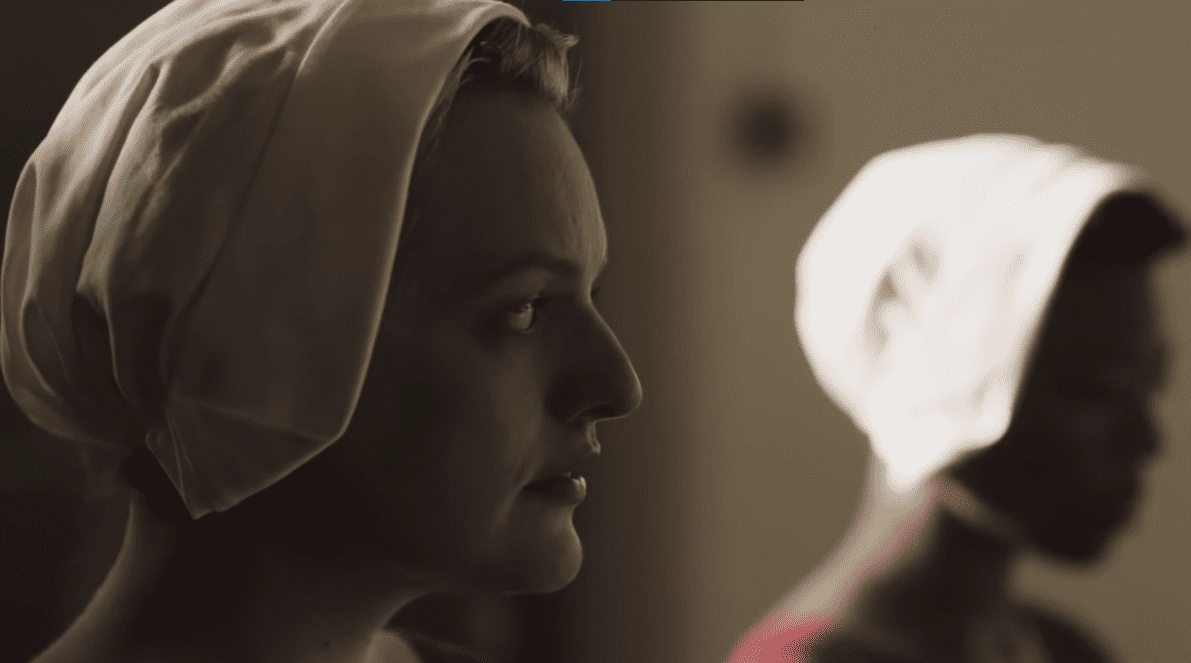| Please Wait Loading ..... |
 |

The adaptation of a book into a TV show or movie is a common practice in the entertainment industry. It provides an opportunity to bring a beloved story to a wider audience and explore the characters and themes in a new medium. However, it also presents a challenge to balance the faithful adaptation of the original material with the creative freedom of the new format. "The Handmaid's Tale" by Margaret Atwood is a prime example of a successful book-to-TV adaptation, and it made some significant changes to the original story. In this article, we will discuss the 8 biggest changes made in "The Handmaid's Tale" TV show compared to the book.
Offred, the main character and narrator of the book, is portrayed differently in the TV show, which is evident from the very first episode. While the book portrays her as a more passive and obedient character, the TV show portrays her as more rebellious and active. The show also delves deeper into her backstory and motivations, which are only hinted at in the book. The character's name is also changed from Offred to June in the TV show, which may indicate a different focus and identity for the character.
The book is told entirely from Offred's perspective, and it focuses on her present situation as a Handmaid in the Republic of Gilead. However, the TV show uses flashbacks to provide more context and background information about the characters and the world they live in. These flashbacks also serve to create a more complex and interconnected storyline that explores the past, present, and future of the characters.
While the book focuses mainly on Offred and her interactions with the other Handmaids, the TV show expands the roles of secondary characters, such as Moira, Luke, and Nick. These characters are given more screen time and more complex storylines that reveal their own struggles and perspectives. This expansion not only adds more depth to the characters but also enhances the overall story by providing different viewpoints and experiences.
In the book, the Commander's household is portrayed as a sterile and oppressive environment, with no indication of any relationships or feelings between the characters. However, the TV show expands on this setting and creates a more nuanced and complicated dynamic between the Commander, his wife Serena Joy, and Offred. The show also explores the power struggles and emotions within the household, which adds more tension and drama to the story.

The TV show introduces new scenes and storylines that are not present in the book, such as the "Jezebels" club and the Mayday resistance movement. These additions provide more action and intrigue to the story and showcase different aspects of the world of Gilead. They also serve to explore the different ways characters cope with their oppressive environment and their attempts to resist it.
While the book focuses mainly on the experiences of white women in Gilead, the TV show makes an effort to include more diverse and intersectional perspectives. The show introduces characters of color and explores issues of race and discrimination within the context of the world of Gilead. This expansion adds more complexity and realism to the story and highlights the different ways oppression can manifest itself.
The book and the TV show have different endings, which may be one of the most significant changes made. While the book ends ambiguously and leaves the fate of Offred uncertain, the TV show provides a more conclusive and satisfying ending that resolves some of the major plot points. This change may have been made to provide closure to the viewers and to provide a more concrete message about the consequences of oppressive regimes.
Finally, the book and the TV show convey different themes and messages, even though they share the same basic premise. The book focuses more on the psychological and emotional effects of living in a totalitarian society, while the TV show explores more political and social themes, such as power, resistance, and revolution. The TV show also emphasizes the role of gender and sexuality in the world of Gilead, which may reflect the current social and political climate.
In conclusion, "The Handmaid's Tale" TV show made some significant changes to the original book, which may have been necessary to adapt the story to a new format and audience. These changes added more depth, complexity, and diversity to the story and explored different themes and messages. However, the TV show also remained faithful to the spirit and tone of the original material, which is why it was so successful and impactful. As adaptations continue to be a common practice in the entertainment industry, it is essential to strike a balance between faithfulness and creativity to create a compelling and engaging story that resonates with the viewers.
Web Design by FMEOS